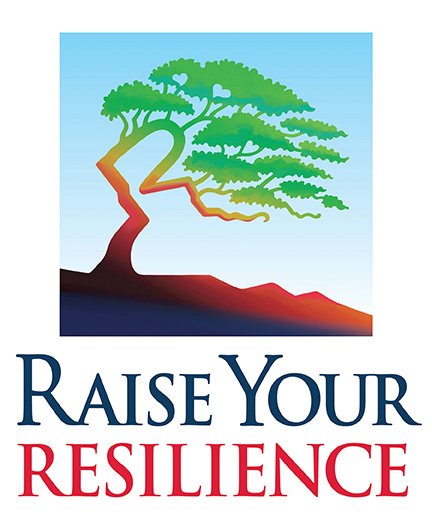Rocky starts affect us all
By the time I had my son at 38, I’d been looking forward to having a child for decades. It never occurred to me that the experience could be traumatic, but it was, and it turns out that my experience was common. At least one in three women describe their birth experience as traumatic. The fact that Adrian and I spent our first days in different parts of the hospital made things worse. Of women with infants in the neonatal intensive care unit, 24 percent met the criteria for PTSD.
I didn’t realize I had postpartum PTSD until my son was 16. Hardly anyone had heard of it when he was born, and few have heard of it since.
The Birth Trauma Association describes the impact on women this way: “It is, perhaps, difficult to understand how a process as seemingly ‘natural’ as childbirth can be traumatizing but it has been clear for many years that women can suffer extreme psychological distress as a consequence of their childbirth experience for a complex variety of reasons which are frequently related to the nature of delivery. Unfortunately, the difference between the common perception of childbirth and some women’s experience of it means that women who suffer postnatal PTSD symptoms frequently find themselves very isolated and detached from other mothers. They also find themselves without a voice in a society which fails to understand the psychology of childbirth and which therefore expects mothers to get over their birth experience very quickly.”
When we think PTSD, we immediately think “veterans,” but Dr. Judith Herman says, “Not until the women’s liberation movement of the 1970s was it recognized that the most common post-traumatic disorders are those not of men in war but of women in civilian life.”
Birth trauma doesn’t just affect mothers. It can affect their partners, as well as children all the way through adulthood. Several times now, when I’ve heard adults talking about strained relationships with their mothers, I’ve said, “Tell me about your birth.” The story of birth trauma that unfolded made my heart ache for those who still feel an unfulfilled longing for closeness and connection with their mothers. But I also felt compassion for the women whose trauma prevented them from being the kind of mothers they wanted to be.
Is there a cure? Birth Trauma Canada, one of the first websites I discovered on the subject, says, “we don’t think PTSD ever goes away,” which plunged me into despair for a minute.
And then I remembered TRE®.
TRE and childbirth
I wish I’d learned and practiced TRE before I conceived, so I could create a foundation of resilience that prepared me for labor and delivery. It would also have given me a tool to use for releasing stress and trauma after my son’s birth.
Whether TRE is safe during pregnancy or childbirth is a decision that should be made by women and their obstetricians or midwives, but in the video below, Nienja Brouwer allows naturally occurring tremors to facilitate the birth of her son. She says the tremors helped her relax, ease pain, stay connected to her body during her 20-hour labor, and recover afterward.
I didn’t know TRE when my son was born, but I know now that it’s my best bet for healing my birth trauma. In fact, some of the fondest memories I have of my son include lying on the floor together, doing TRE, and listening to standup comedians on Pandora. His birth experience was traumatic, too, so we both benefit from TRE.
